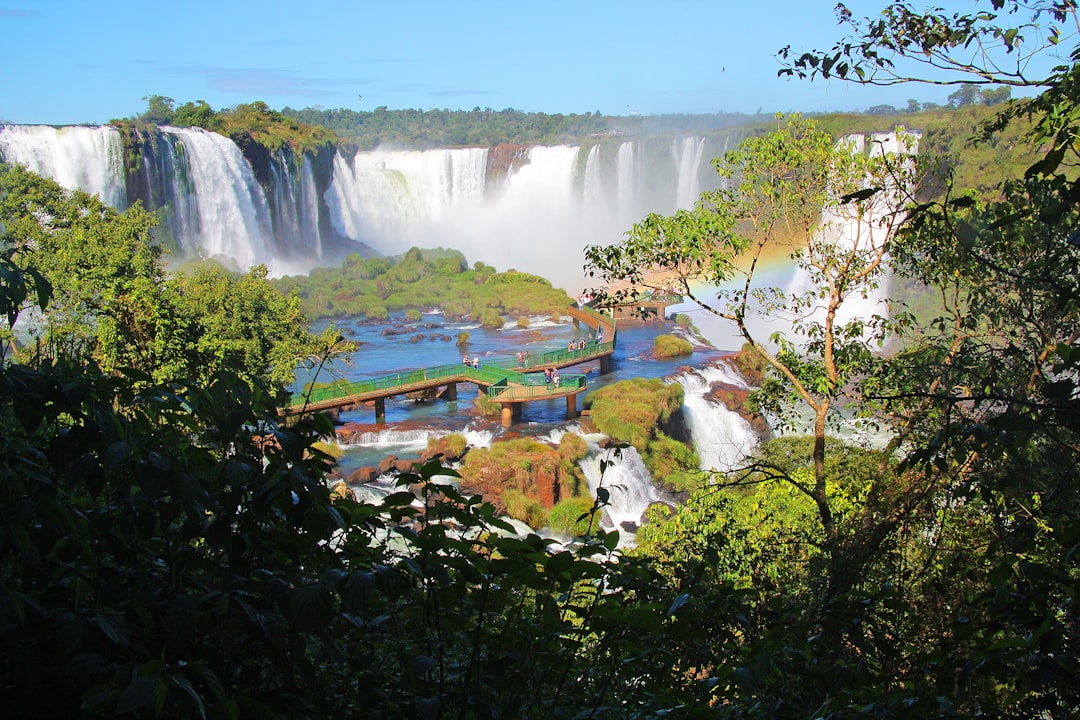Discovering the Art of Destination Marketing: Turning Dreams into Reality
In a world that feels increasingly interconnected, tourism has emerged as a vibrant tapestry woven from the threads of cultures, experiences, and adventure. At the heart of this flourishing industry lies a critical yet often underestimated component: destination marketing. This practice is not just about enticing travelers to visit; it’s about crafting compelling narratives that inspire wanderlust and resonate deeply with potential tourists.
Destination marketing is an art form, combining elements of storytelling, strategy, and psychology to create a powerful allure around a place. Imagine walking through a bustling marketplace in Marrakech, the scents of spices wafting through the air, or gazing up at the breathtaking cliffs of Santorini, the sun setting in a blaze of colors. These experiences are not just happenstance; they are the result of meticulous planning and execution by destination marketers who understand how to connect with audiences on a personal level.
In this digital age, where social media dominates our feeds and travel blogs influence decisions, the way we market destinations has evolved dramatically. Gone are the days of traditional brochures and travel agents. Today’s tourists seek authenticity and connection, and savvy marketers are stepping up to deliver just that. But what does effective destination marketing look like? Let’s delve into the key components that make it successful.
**Understanding the Audience**
The foundation of any successful marketing strategy is a deep understanding of the target audience. Who are they? What do they desire? Are they thrill-seekers, family vacationers, or culture enthusiasts? Each segment requires a tailored approach. For instance, a family-friendly destination might emphasize safety, educational experiences, and fun activities for kids, while an adventure hotspot may focus on adrenaline-pumping excursions and stunning landscapes.
**Crafting a Unique Narrative**
Every destination has its own story, and it’s the job of destination marketers to weave that narrative into a compelling package. This involves highlighting unique attractions, cultural heritage, and even the local cuisine. The best destination marketing evokes emotions, inviting potential visitors to envision themselves in the heart of the experience.
Consider the case of New Zealand, which has transformed its image into that of a paradise for outdoor enthusiasts. Through cinematic marketing that showcases its stunning landscapes, combined with testimonials from adventurers, New Zealand successfully positions itself as the ultimate getaway for nature lovers and thrill-seekers alike.
**Leveraging Digital Platforms**
In today’s fast-paced world, having a strong online presence is essential for any destination. Social media platforms like Instagram, Facebook, and TikTok serve as visual storytelling mediums, where beautiful imagery can reach millions within seconds. By collaborating with influencers who align with the destination’s values, marketers can amplify their reach and enhance credibility.
**Sustainable Practices**
As the world becomes increasingly aware of environmental issues, eco-friendly tourism is gaining traction. Destination marketers must prioritize sustainability in their campaigns, showcasing initiatives that protect natural resources and support local communities. By appealing to the eco-conscious traveler, destinations not only attract a dedicated audience but also contribute to the preservation of their own landscapes and cultures.
**Emphasizing Experiences Over Places**
Today’s travelers are more interested in experiences than mere sightseeing. This shift has significant implications for destination marketing. Instead of promoting just the iconic landmarks, marketers should highlight immersive experiences, such as cooking classes with local chefs, guided nature hikes, or cultural festivals. These unique offerings resonate more with travelers seeking genuine connections.
**Harnessing the Power of Data**
In a data-driven world, marketers have access to a wealth of information that can refine their strategies. Analyzing traveler behavior, preferences, and feedback allows for more personalized marketing approaches. This might involve targeted advertising, email campaigns, or tailored content that speaks directly to the interests of potential visitors.
**Conclusion**
Destination marketing is more than just selling a place; it’s about creating a dream. By understanding audiences, crafting engaging narratives, embracing digital platforms, advocating for sustainability, focusing on experiences, and utilizing data, destination marketers can transform aspirations into reality. As travelers continue to seek out authentic and enriching experiences, the art of destination marketing will evolve, paving the way for innovative approaches that captivate the wanderlust in all of us. So, the next time you find yourself daydreaming about your next getaway, remember that behind those alluring images and enticing stories, there’s a team of passionate marketers crafting your next adventure.
